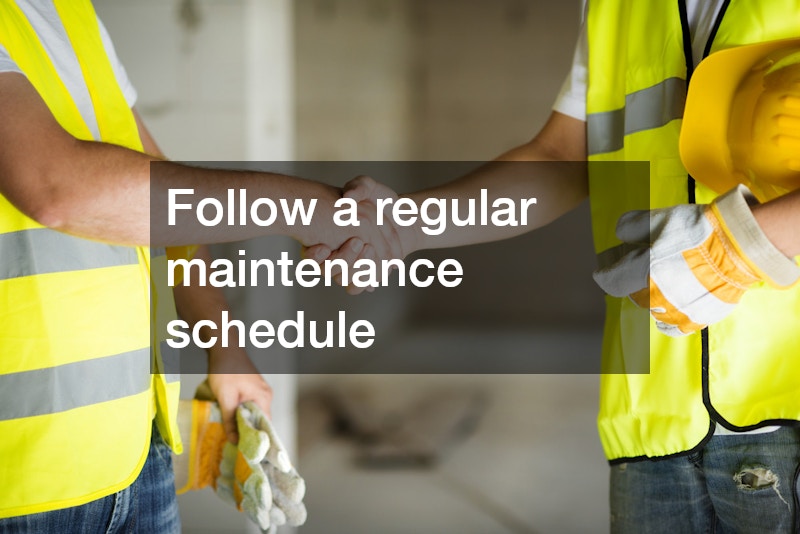
Newhomeowners often stock up on drain supplies thinking they’ll handle every clog with a bit of Drano, Liquid Plumber, or other liquid plumbing solution. That’s not a good idea if you want your home’s plumbing to stand the test of time. Instead, follow a regular maintenance schedule that includes an annual visit by a drain cleaning service.
These plumbing experts examine the home’s pipes, including the exterior drain, using a small camera attached to the end of a plumbing snake. This inspection each year helps spot developing problems like leaks, loose fittings, and rusting pipes. Besides the physical pipes, the plumber also considers the home’s drainage type, for example, a French drain, and recommends improvements to the system, depending on the drainage solution.

Your plumber will probably ask a few questions before visiting your home, such as what kind of access you have to your plumbing. Some homes use a crawlspace; others feature a pier and pilings foundation, while the remainder use a slab foundation or feature a basement. This information lets them plan how they will access the pipes for examination and repair.
All modern buildings are constructed on top of concrete foundations, and these solid foundations not only keep the building secure and solid but also offer drainage solutions and may help prevent flooding damage in some cases. Whether it be the biggest office building or a modest suburban home, any modern building will have the proper concrete foundation for security and hazard control. And whenever residential foundation repair is needed due to flooding damage or foundation problems, a nearby commercial foundation repair crew may be found online and contacted for the job. They and plumbers together may implement some fine drainage solutions for any affected foundation for a fair price. What is there to know about the different types of foundations, and how flooding or earthquakes may threaten them?
The Models of Foundations
A number of different foundation types exist for today’s American houses, but four in particular are common and effective at their jobs. The first type is the slab foundation, which is exactly that: a solid, simple slab of concrete upon which the house sits. This foundation does not have the advanced features of the other common types, but for homes that don’t face floods or earthquakes, this is all that is needed. Texas homes younger than 50 years tend to make use of stone slab foundations, and they prove popular.
The second major foundation type to know is the crawlspace, and this foundation model gets its name from the wide, low space that is created underneath it. This concrete formation elevates the house 18″ off of the ground, and this creates its namesake, a crawlspace where people may visit the foundation. The homeowner and repair professionals alike may make use of that crawlspace to inspect or repair the foundation or plumbing underneath. On top of that, this is a form of drainage solutions, since the elevated platform allows flood water to pass right under the house rather than flood the interior.
The third common foundation model is the pillar and beam type, and this is a crawlspace that has wooden and concrete support pillars and cross beams under it (hence the name). This foundation model has proven widely popular and it is also cost-effective to build, but construction crews should note that the pillars don’t go very deep into the ground and may be damaged by earthquakes. A licenses geologist should be consulted beforehand to ensure that there are no nearby fault lines that could damage it.
Basements are the fourth major foundation type, and these foundations are known for adding a lot of square footage to any home where they are built. These are proper, full-size rooms, unlike crawlspaces, and are useful for storing items or furniture or even creating a living space. Such basements are resistant to fire or earthquakes, but they may suffer flooding damage due to being deep in the ground. These foundations may need particular drainage solutions to stay safe and dry.
Hiring Contractors
A concerned homeowner may look up local foundation repair experts for drainage solutions or repair work if their crawlspace or basement is in trouble. Homeowners may also get references from nearby hardware stores if possible, and a good foundation contractor crew will have their own website complete with articles, videos, and photos to showcase their work. Such websites should also have contact information and customer reviews, and a homeowner may compare several contractors before choosing one to hire.
Once hired, a team of contractors may inspect the foundation and diagnose the problem, if the homeowner has not done so already. Crawlspaces are effective for this work, providing a ready-made workspace. Meanwhile, basements may need some drainage solutions put in place. Very old basements were built with limestone bricks, and these walls bulge inwards over time due to pressure of water-heavy soil behind them. This cracks the walls, allowing them to leak water. Such walls can’t be forced back into shape, but contractors may build concrete walls that contain them and their leaking.
Meanwhile, foundation experts may upgrade and refit a basement at ground level to prevent any further leaks from the outside due to flooding or rain, and plumbers may install sump pumps that can draw up loose water and deposit it outside the house. This prevents standing water from building up.
